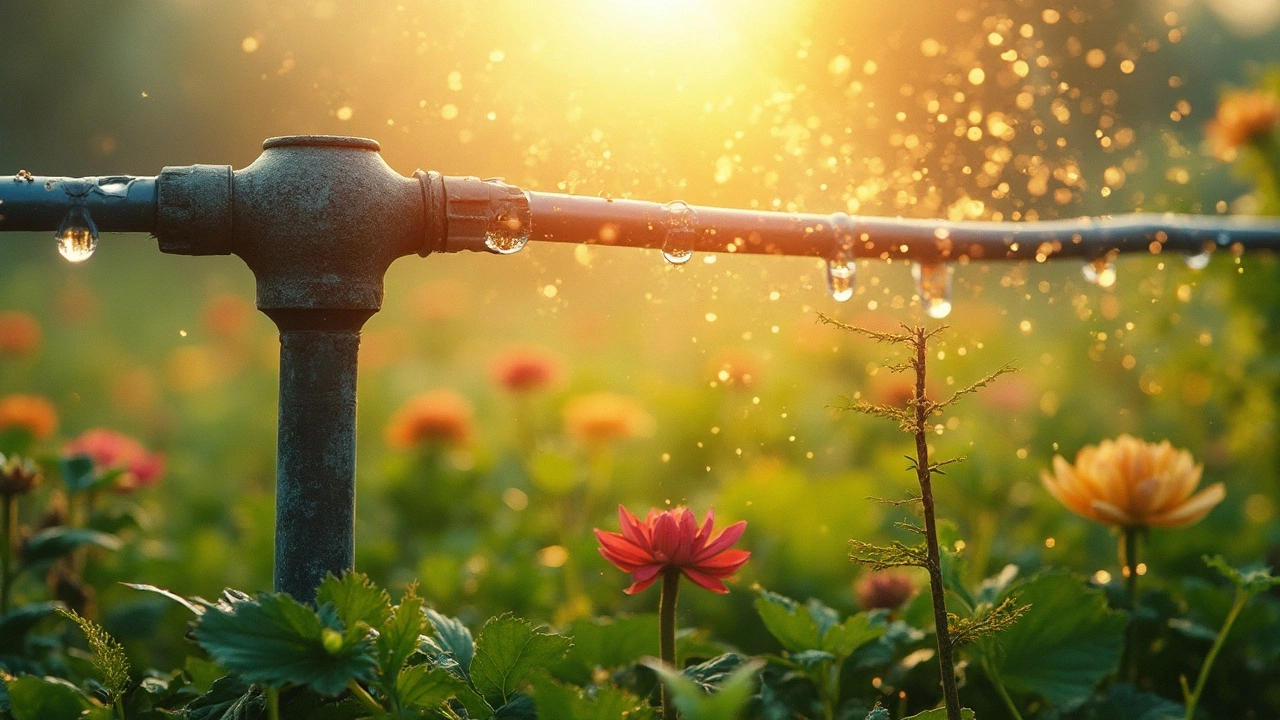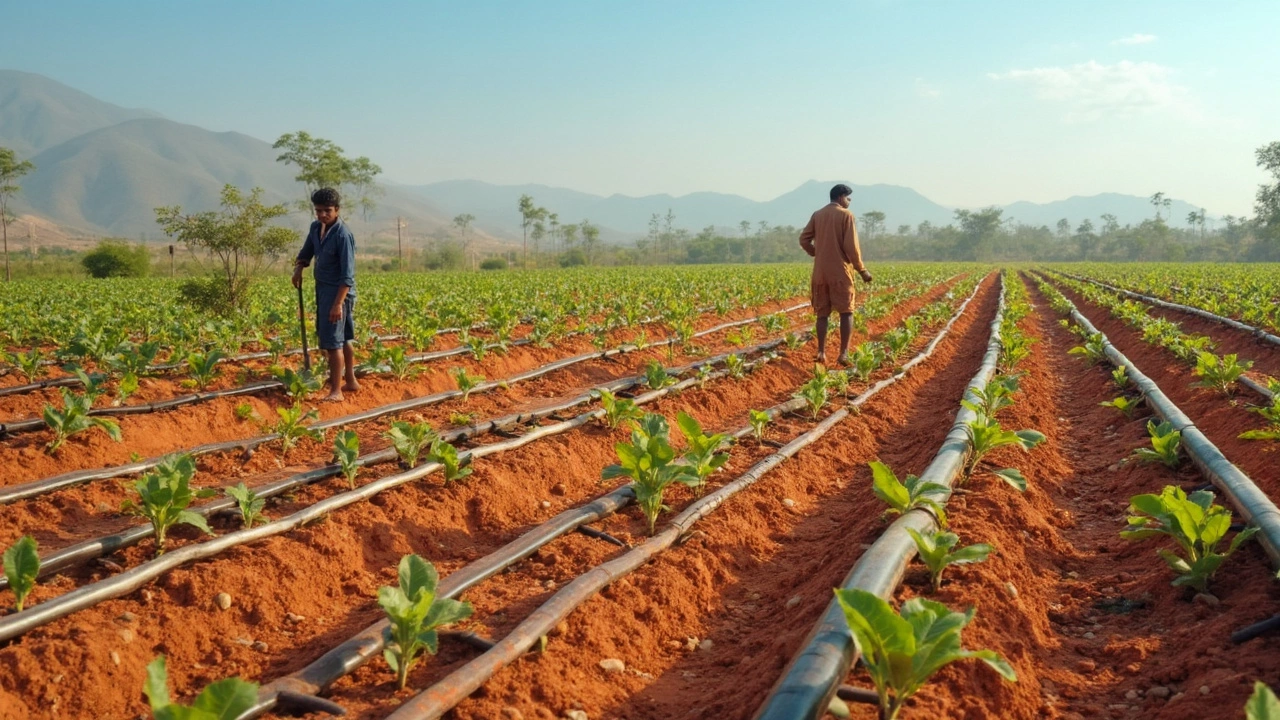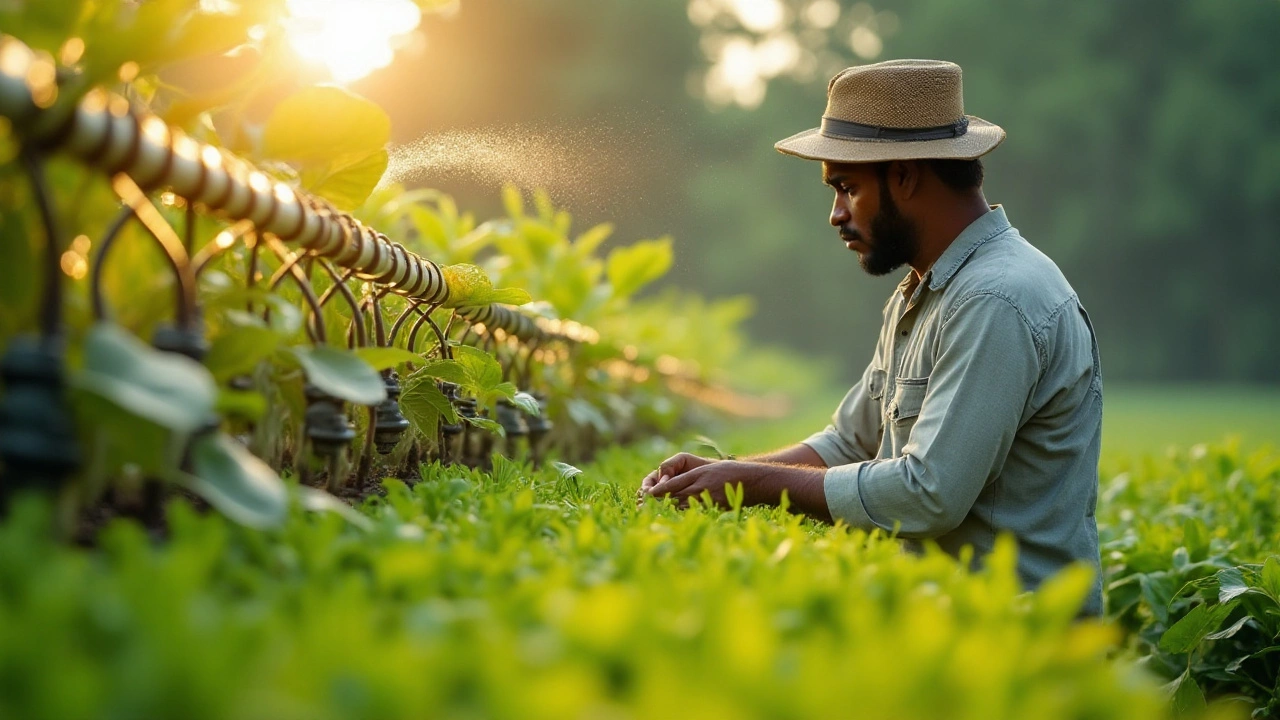Irrigation System Guides: Smart Watering Tips for Indian Gardens
Got a garden that drinks too much or too little? You’re not alone. Getting the right irrigation system can mean the difference between wilted beds and a thriving oasis. Below you’ll find straight‑forward advice that works for everything from tiny balcony planters to full‑sized backyard farms.
Pick the Right Drip Setup
Drip irrigation is the go‑to for water‑wise gardeners in India. It delivers water right to the root zone, cutting evaporation by up to 70%. If you’re new, start with drip tape for flat beds and drip line for rows of shrubs or vegetables. Tape lies flat on the soil, while line hangs a few centimeters above, ideal for uneven ground.
When you lay the lines, bury them about 2‑3 cm deep in light soil and 5‑6 cm in heavier soil. Too shallow and they dry out; too deep and you waste energy pushing water into compacted layers. A quick test: push a small stick into the ground near the line. If it meets resistance, you’ve gone deep enough.
Managing Costs and Efficiency
Many think drip systems are pricey, but the biggest cost is the initial hardware. You can cut expenses by re‑using old garden hoses as mainlines and buying emitters in bulk. Also, install a pressure regulator – it keeps flow steady and prevents clogs, saving you money on replacements.
Keep an eye on water pressure. Too high pressure bursts emitters; too low means uneven watering. A simple pressure gauge attached to the main line helps you stay in the sweet spot (usually 10‑30 psi for most home setups). Adjusting the pressure once a season can shave off up to 15% of water use.
Another cost‑saving tip is to pair drip with rainwater harvesting. Store monsoon runoff in barrels, then connect the barrel to your drip controller. You’ll lower your water bill and give plants a gentler, chlorine‑free source.
Finally, schedule watering based on plant needs and climate. In hot summer months, early morning runs of 15‑20 minutes work well. During cooler winters, cut the time in half or skip days altogether. Your plants will thank you with healthier growth and fewer pests.
Ready to upgrade? Start small with a single row of tomatoes or a balcony herb garden. Test the flow, check for leaks, and expand as you get comfortable. The right irrigation system turns watering from a chore into a set‑and‑forget routine, giving you more time to enjoy your garden’s bounty.
Why Drip Irrigation Is Better Than Soaker Hoses for Your Garden
Drip irrigation delivers water directly to plant roots, saving water, reducing weeds, and improving yields compared to soaker hoses that waste water and promote uneven growth.
Why Does My Drip Line Keep Clogging?
Clogged drip lines can ruin your garden's irrigation system. Understand the common causes of clogging, from debris and mineral buildup to poor filtration. Discover practical solutions to maintain clean drip lines, ensuring efficient water flow. Simple tips make a world of difference in preventing clogs and improving plant health.
Dripper vs. Emitter: What's the Difference in Drip Irrigation?
Drippers and emitters are essential components of drip irrigation systems, each serving unique roles in water distribution. Understanding their differences can enhance system efficiency, save water, and cater to specific gardening needs. The distinctions lie in their water delivery methods, flow rates, and suitability for various plant types. This article unpacks these differences to aid in selecting the right component for your irrigation needs.
Drip Irrigation Drawbacks: What You Need to Know
Drip irrigation is often praised for its water efficiency, but it's not without its downsides. This article explores the practical disadvantages of drip irrigation, including initial costs, maintenance requirements, and potential for system blockages. Understanding these challenges allows farmers and gardeners to make informed decisions about whether this system suits their needs. We'll delve into the complexities involved and provide tips to mitigate some common issues.
Understanding the Drawbacks of Drip Irrigation Systems
Drip irrigation is praised for its water-saving efficiency and precise delivery of nutrients to plants. However, like any technology, it is not without its challenges. This article explores some significant downsides associated with drip irrigation systems, such as cost, maintenance, and clogging issues. Understanding these concerns is crucial for farmers and gardeners considering this irrigation method. Learn how to mitigate these drawbacks and determine if drip irrigation is suitable for your agricultural needs.
About
Drip Irrigation, Gardening
Latest Posts
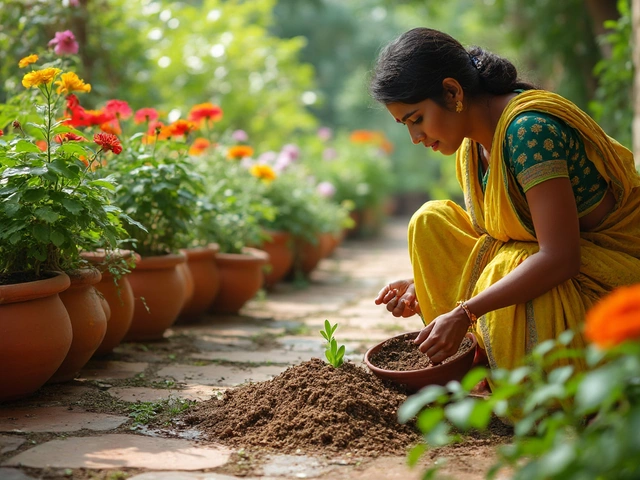

How to Make Your Own Cheap Soil for Gardening
By Alden Thorne Apr 11, 2025

The World's Healthiest Vegetable: Unveiling the Top Nutritional Powerhouse
By Alden Thorne Jul 28, 2025
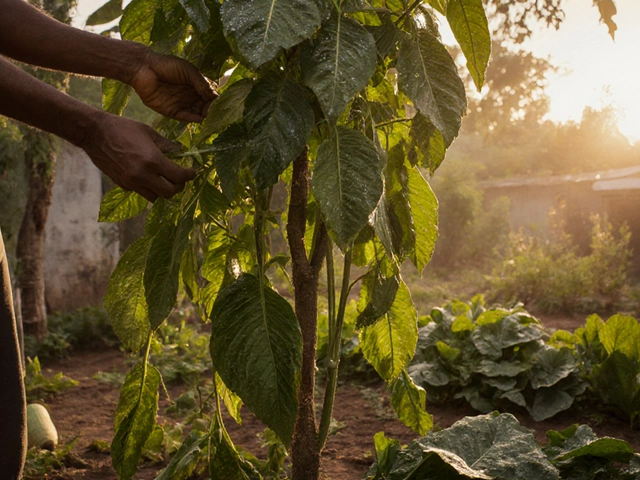
Which Vegetable Is Truly the Healthiest? Science Says It’s Not What You Think
By Alden Thorne Nov 9, 2025


